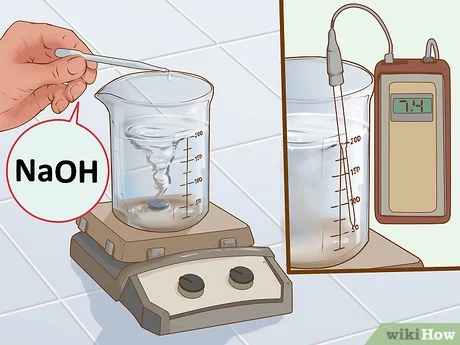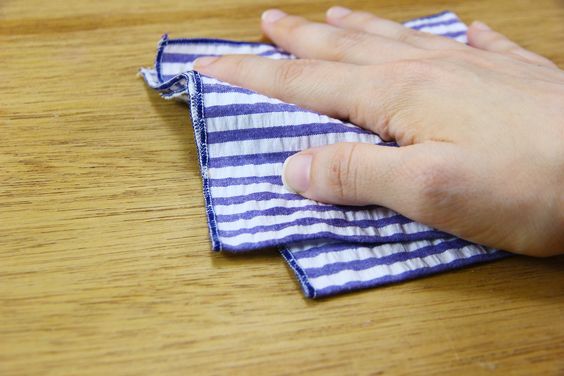3 Easy Ways to Attach Garden Hose Fittings

Introduction:
Garden hose fittings are essential for every homeowner, gardener, or DIY enthusiast who wants to maintain a well-functioning watering system for their plants, lawn, and other outdoor areas. There are various types of garden hose fittings available in the market, ranging from those that enable you to join two hoses together to attachments for pressure washers or sprinklers. In this article, we will explore three easy methods for attaching garden hose fittings without any hassles or leaks.
1. Screw-On Fittings:
One of the most commonly used methods for attaching garden hose fittings is through screw-on connections. These are typically designed to fit either 3/4-inch or 5/8-inch garden hoses. To attach a screw-on fitting:
a) Before connecting any fittings, ensure that you flush out any dirt or debris from your garden hose.
b) Carefully thread the male end of the fitting into the female end of the garden hose.
c) Turn clockwise until it feels snug but not overly tight to avoid cross-threading.
d) To prevent leaks and ensure a secure connection, use Teflon tape or plumber’s tape on the threaded end before screwing it onto the hose.
2. Quick-Connect Fittings:
Quick-connect fittings offer a modern and efficient solution for those who need to frequently connect and disconnect garden hoses or accessories. Such fittings can easily be installed without any tools. Here’s how:
a) Attach the male quick-connect adapter to your hose by screwing it on clockwise using your hands.
b) Attach a compatible female quick-connect adapter onto your faucet by screwing it on in a similar manner.
c) To connect the hose to the faucet, just push both ends together until they click into place.
d) To disconnect, simply press down on the release sleeve and pull apart.
3. Compression Fittings:
Compression fittings are an excellent choice for a leak-proof connection. They work great for joining two hoses or attaching a hose to various accessories. To install a compression fitting:
a) Slide the compression nut and the ferrule (a ring-shaped component that creates a seal) onto the end of the hose.
b) Insert the barbed end of the fitting into the hose, pushing it firmly to ensure a tight fit.
c) Slide the ferrule against the fitting and screw the compression nut onto it until it’s hand tight.
Conclusion:
Attaching garden hose fittings might seem daunting at first, but with these three methods, you’ll be able to easily and securely connect your hoses and accessories without any leaks. Whether you choose screw-on, quick-connect, or compression fittings, always remember to keep your hoses clean, fully tightened, and undamaged for optimal performance and longevity. Happy gardening!






